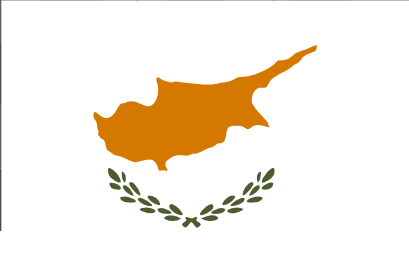Hungary brings its coal phase out forward to 2025.
Denmark’s last coal plant will close in 2028, thereby bringing the country’s phase out date forward by two years.
Greece’s only coal operator PPC brings its coal phase out forward to 2025.
North Macedonia announces a 2027 coal phase out.
Spain announces a 2030 coal phase out.
Montenegro announces a 2035 phase out.
Coal phase out discussion begins in Croatia.
Romania announces a 2032 coal phase out in its National Resilience and Recovery Plan.
Bulgaria announces a 2038-40 coal phase out in its National Resilience and Recovery Plan.
Croatia announces it will phase out coal by 2033 at the lastest at COP26.
Poland signs Global Coal to Clean Power Transition Statement at COP26, but later claims developing country status despite being the world’s 23rd biggest economy. Poland confirms it will maintain its desperately late 2049 hard coal phase out date. Signatories to the statement agreed that their transition away from coal should be consistent with the Paris Agreement, which requires all European countries, including Poland, to exit coal by 2030.
Portugal closes last coal plant (Pego) becoming fourth European country to go coal free.
New German government sets sights on 2030 coal exit, but 2038 coal law remains in place.





































 BOSNIA-HERZEGOVINA: NO COAL PHASE OUT DISCUSSION
BOSNIA-HERZEGOVINA: NO COAL PHASE OUT DISCUSSION FRANCE: COAL PHASE OUT 2027
FRANCE: COAL PHASE OUT 2027 GERMANY: COAL PHASE OUT 2038 (TARGETING 2030)
GERMANY: COAL PHASE OUT 2038 (TARGETING 2030) KOSOVO: NO COAL PHASE OUT DISCUSSION
KOSOVO: NO COAL PHASE OUT DISCUSSION POLAND: NO COAL PHASE OUT DISCUSSION
POLAND: NO COAL PHASE OUT DISCUSSION PORTUGAL: COAL FREE SINCE 2021
PORTUGAL: COAL FREE SINCE 2021 SERBIA: NO COAL PHASE OUT DISCUSSION
SERBIA: NO COAL PHASE OUT DISCUSSION TURKEY: NO COAL PHASE OUT DISCUSSION
TURKEY: NO COAL PHASE OUT DISCUSSION